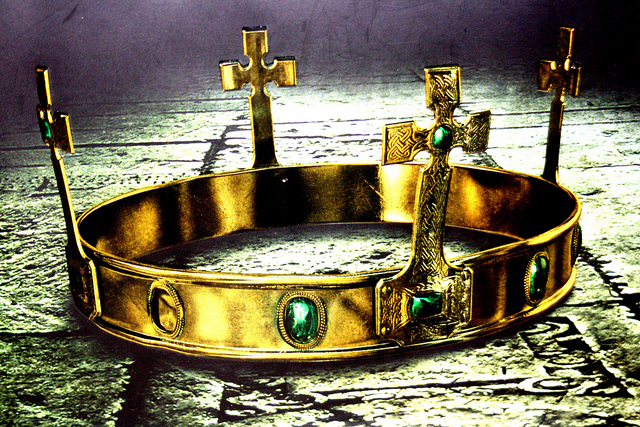Constitutional Monarchy vs Democracy
A civilized society requires a government to oversee its functions, leading to the development of various types of governing structures. Constitutional monarchy and democracy are two such types of governments that exist in the world today. Understanding the differences between constitutional monarchy and democracy is crucial as both types of governments are prevalent today.
What is Constitutional Monarchy?
A constitutional monarchy is a democratic government featuring a constitution and a monarch who serves as a non-party political head of state within the confines of the constitution, whether written or unwritten. The monarch does not establish public policy or choose political leaders, although they may possess certain reserved powers. Political scientist Vernon Bogdanor describes constitutional monarchy as “a sovereign who reigns but does not rule.”
Parliamentary monarchy is a subcategory of constitutional monarchy wherein the monarch heads the state but is not actively involved in policy formation or implementation. In this structure, the cabinet and its head provide the true governmental leadership.
Examples of constitutional monarchies include the United Kingdom and its overseas territories, as well as Canada, where the monarchy forms the foundation of the legislative, executive, and judicial branches of each provincial government and is the core of its Westminster-style parliamentary democracy and federalism.
What is Democracy?
Democracy allows all eligible citizens to participate equally in creating laws, either directly or through an elected representative. The term originates from the Greek word that translates into English as “rule of the people.” Democracy promotes equality in all cultural, social, ethnic, religious, and racial spheres, as well as justice and liberty. Direct democracy and representative democracy or democratic republic are the main varieties of democracies. Direct democracy enables all eligible citizens to participate directly in the political decision-making process, while representative democracy involves political power being exercised indirectly through representatives elected by eligible citizens who still hold the sovereign power.
What is the difference between Constitutional Monarchy and Democracy?
Constitutional monarchy and democracy are two forms of government that are commonly seen in the world today. While they may share certain similarities, they also feature many differences that set them apart.
- In a constitutional monarchy, the monarch serves as the head of state. In a democracy, the head of state is someone elected by the eligible citizens of the state.
- In a constitutional monarchy, the monarch is sovereign. In a democracy, the people remain sovereign.
- In a constitutional monarchy, people do not participate in the political decision-making process. Democracy is named the rule of the people, as citizens are either directly or indirectly involved in the decision-making process.
- In a democracy, the head of state has the power to make all decisions. In a constitutional monarchy, the head of state has limited powers.
